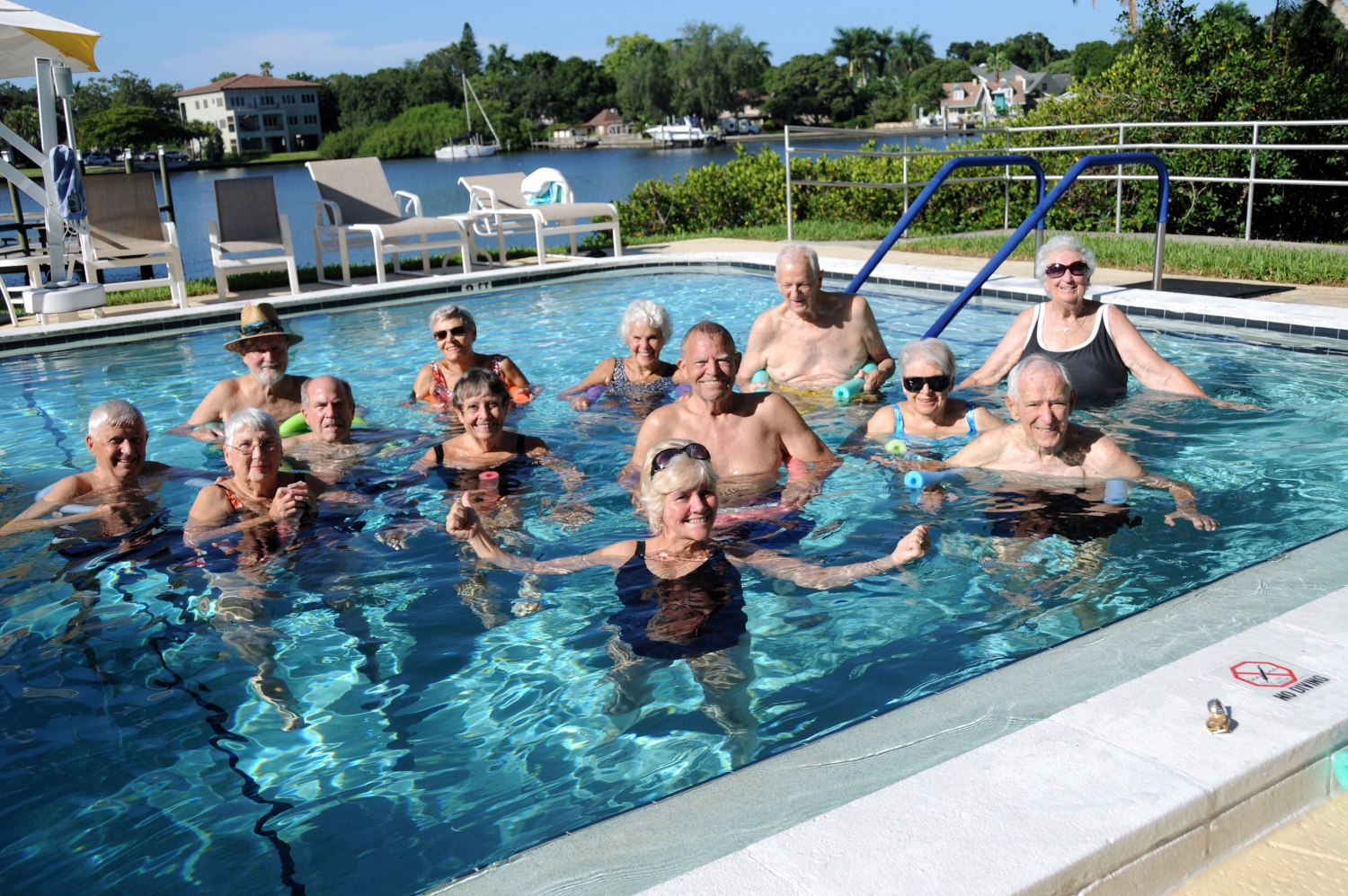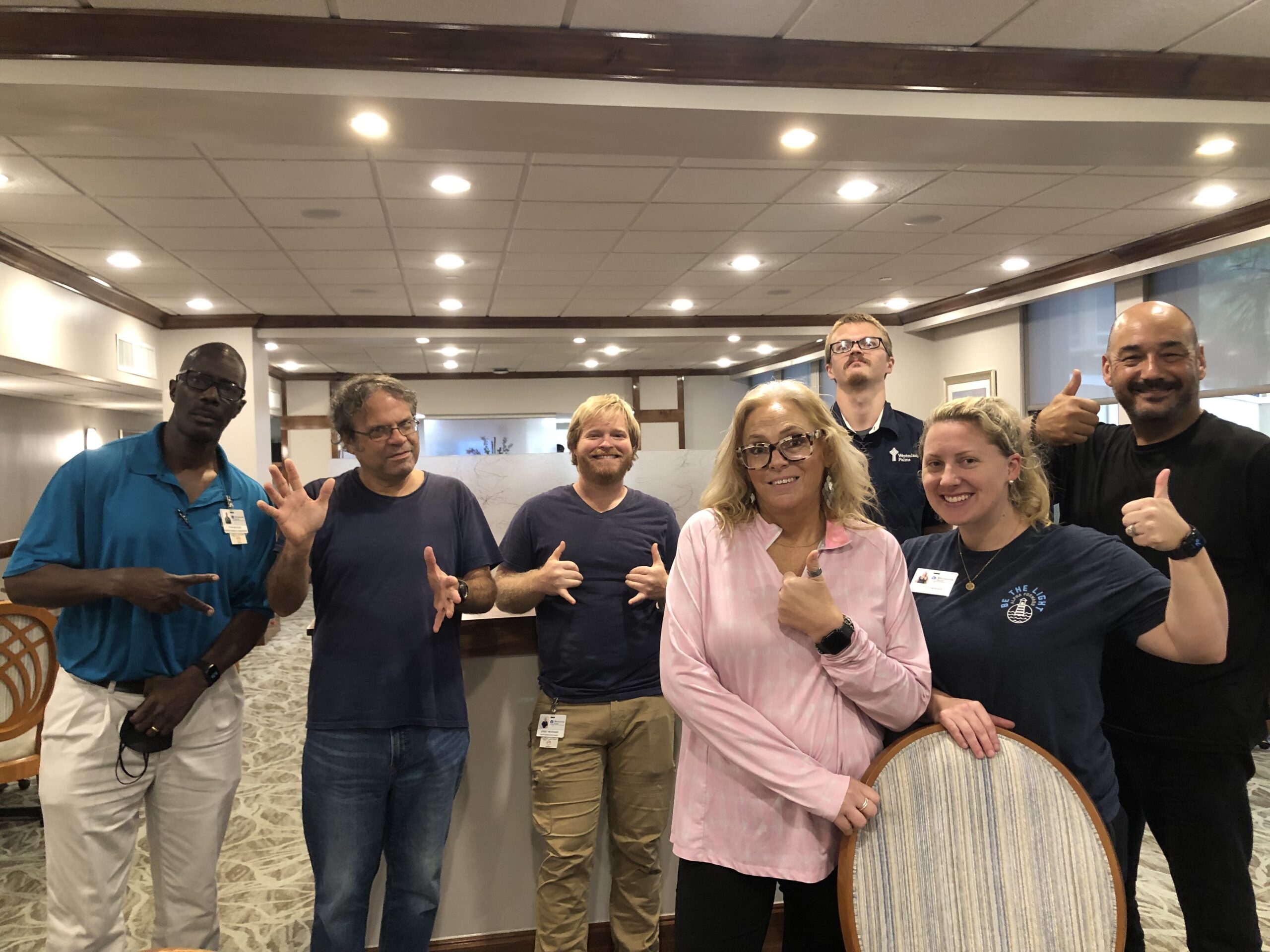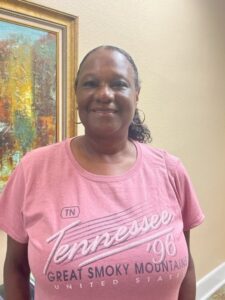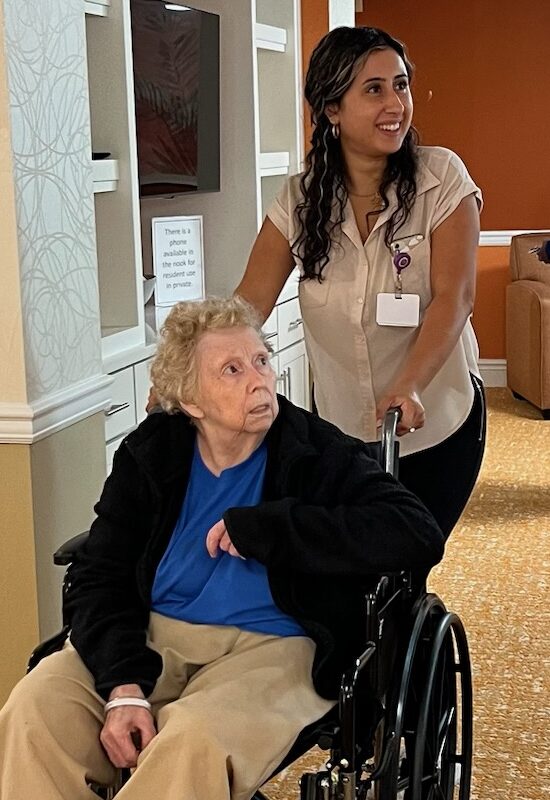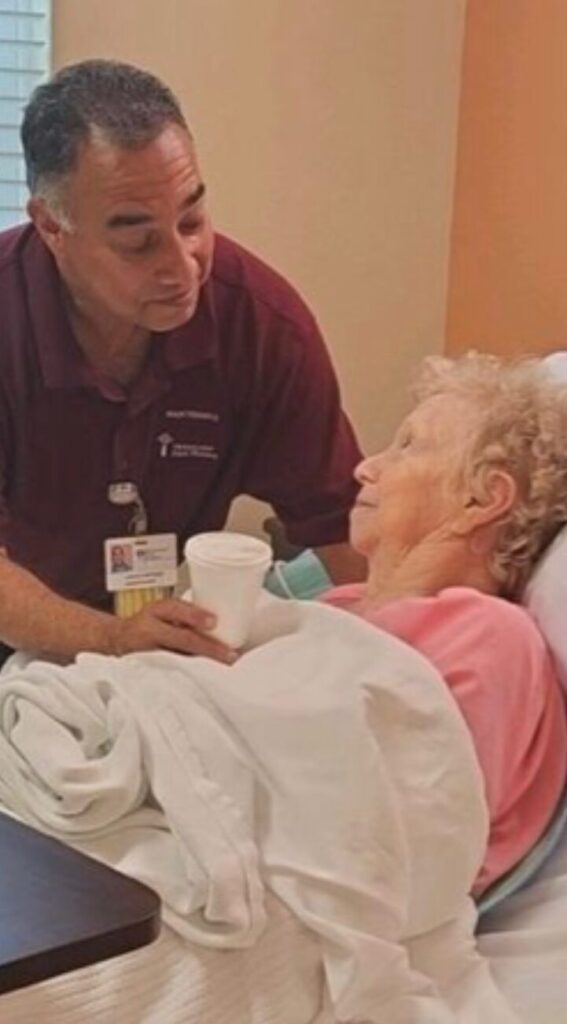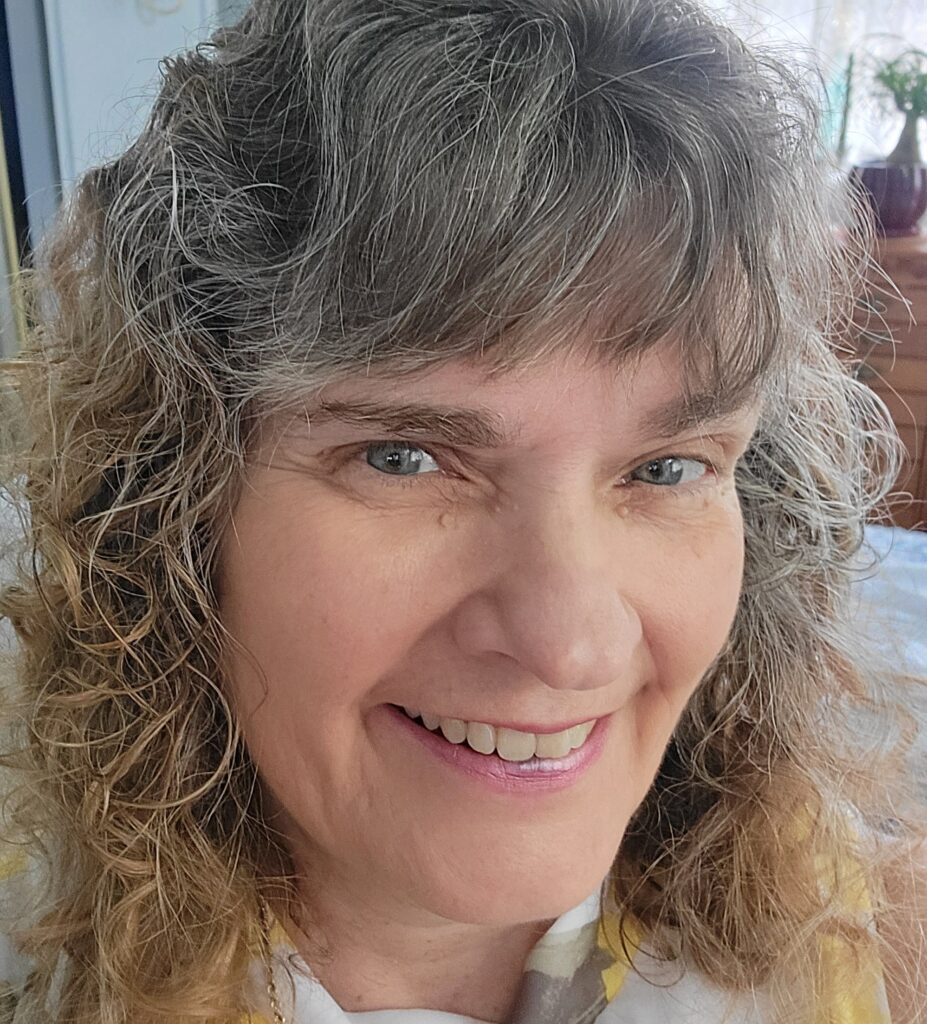









Residents, team members and Bradenton civic leaders mark occasion with special ceremony and outdoor carnival celebration
BRADENTON, April 5, 2024 – With an outdoor carnival and a special proclamation from Bradenton Mayor Gene Brown, Westminster Communities of Florida celebrated its 70th anniversary of serving older adults with roots in the founding of Westminster Manor in 1954.
The organization, first established as a ministry of the Presbyterian Church (USA) as Presbyterian Homes of the Synod of Florida, began its service when the Life Plan Community today known as Westminster Manor opened in 1961. Westminster Communities of Florida today has 23 communities spanning the state of Florida, serving more than 7,000 residents with 2,300 team members.
Terry Carr, Executive Director of Westminster Manor and Westminster Point Pleasant, thanked the attendees at the special ceremony with a word of welcome. “Thank you to all of those who will be celebrating today, and thank you all very much today for being a part of our first 70 years,” Carr said.
“This year will be a special year,” said Chief Executive Officer Terry Rogers in celebration of the anniversary. “I think every year is special here at Westminster, and I am so happy that we are starting our celebration here in Bradenton where it all began.”
Brown brought a commemorative copy of a proclamation congratulating Westminster Communities of Florida for the occasion. “We are still a small town here in Bradenton,” Brown said, “and we wouldn’t have… what the Presbyterian Church saw and started in our community without that sense of pride and longevity.”
The City of Bradenton’s proclamation read, in closing, “Now therefore it be resolved, as the Mayor of the City of Bradenton, I do hereby proclaim April 4, 2024, as Westminster Communities of Florida’s 70th anniversary… and encourage all citizens to congratulate them on 70 years of serving older adults in Bradenton.”
One resident, Patti MacKay, had a personal connection that she shared as part of the presentation: Her mother, Jeanne Oliver, attended the ground-breaking for Westminster Manor and later lived there as a resident. “I’ve shared Mom’s story, and our story. But what I want to end with today is YOUR story,” MacKay said. “Today is just another chapter!”
Attendees also enjoyed congratulatory remarks from Jacki Dezelski from the Manatee Chamber of Commerce, who celebrated the organization’s 350 team members in Bradenton; Sharon Barhorst from Bradenton Kiwanis; and Ruth Anne Rood representing the Bradenton Tropical Palms, a neighbor of Westminster Manor.
Following the ceremony at Westminster Manor in the morning, residents, team members, and civic members attended an outdoor carnival in the afternoon at Westminster Point Pleasant. The afternoon featured highlights like a “Jeopardy!”-style game with trivia about Westminster, a photo slideshow highlighting the last 70 years of history, and live outdoor entertainment by The Boomers, a local music act.
Senior Chaplain Dino Silvestrini opened the afternoon’s event with a special invocation, which closed with: “Today, we pray for the next chapter of our story. May our commitment to serve from the heart remain unshakeable. May our innovations continue to break barriers… May our legacy echo through generations, a testament to Your grace and our commitment to inspiring older adults to enjoy happy, healthy and purposeful lives.”
Westminster Communities of Florida, the state’s largest not-for-profit provider of active senior living, emphasizes whole-person wellbeing for its older adult residents. With communities in Bradenton, Jacksonville, Lakeland, Orlando, St. Augustine, St. Petersburg, Tallahassee and Winter Park, the organization serves more than 7,000 residents statewide with a lifestyle featuring active living, wellness and lifelong learning.

